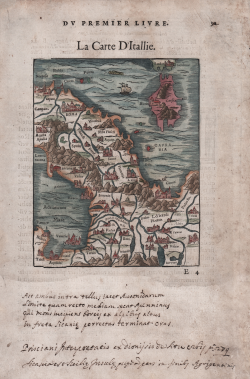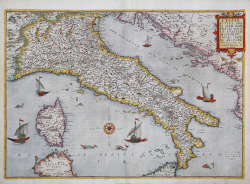Italien für die Reisende
Iohann STRIDBECK
Code:
S50387
Measures:
310 x 170 mm
Year:
1700 ca.
Printed:
Augsburg
Sexta Europa Tabula
Donnus Nicolaus GERMANUS
Code:
mms2401
Measures:
550 x 365 mm
Year:
1482 ca.
Printed:
Ulm
Tabula Moderna et Nova Italiae ac Siciliae
Martin WALDSEEMULLER
Code:
IT36104
Measures:
574 x 410 mm
Year:
1513
Printed:
Strasbourg
Tabula Moderna Italie
Martin WALDSEEMULLER
Code:
S32361
Measures:
580 x 370 mm
Year:
1513
Printed:
Strasbourg
Tabula Europ. Sexta Italiae
Martin WALDSEEMULLER
Code:
S40319
Measures:
630 x 460 mm
Year:
1513
Printed:
Strasbourg
ITALIE BESCHREIBUNG NACH ALLER SEINER GELEGENHEIT, IN VOELCKERN,...
Sebastian Münster
Code:
S24730
Measures:
165 x 295 mm
Year:
1544 ca.
Printed:
Basle
[Das ist Rom Weg]
Sebastian Münster
Code:
S37753
Measures:
195 x 326 mm
Year:
1550 ca.
Printed:
Basle
La Carte D'Itallie
Guillaume GUEROULT
Code:
s22259
Measures:
130 x 160 mm
Year:
1553 ca.
Printed:
Lyon
Al molto Mag.co m. Andrea Gradenico... il presente Golfo di Vinegia...
Giovanni Francesco CAMOCIO
Code:
S30673
Measures:
225 x 175 mm
Year:
1571
Printed:
Venice
Italiae Totius Orbis olim Domatricis Nova et Exactissima Descriptio
Gerard DE JODE
Code:
S30722
Measures:
520 x 370 mm
Year:
1577 ca.
Printed:
Antwerpen
Italia
Abraham ORTELIUS - Philip GALLE
Code:
S48526
Measures:
140 x 118 mm
Year:
1583 ca.
Printed:
Antwerpen

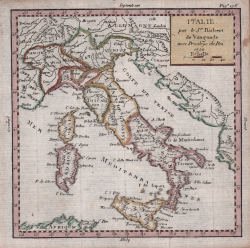
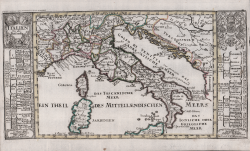
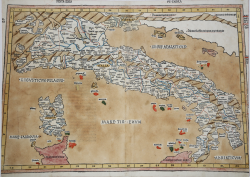
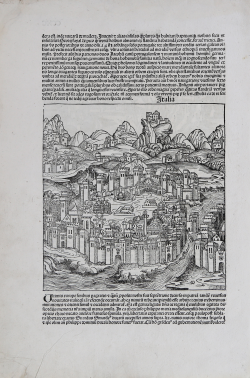
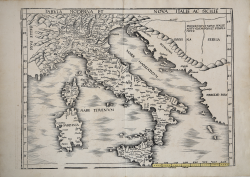
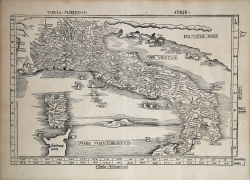
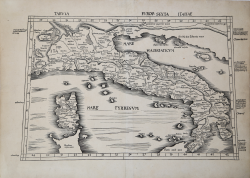
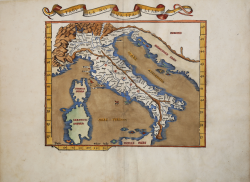
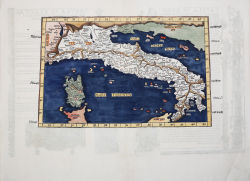



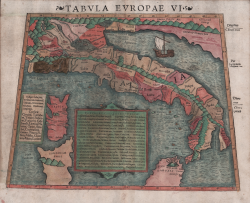


![[Das ist Rom Weg]](https://www.antiquarius.it/26122-home_default/italia-corsica.jpg)
